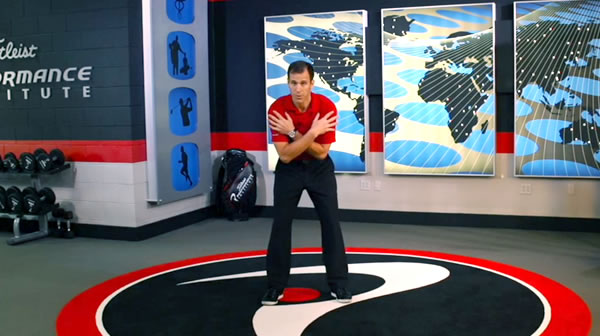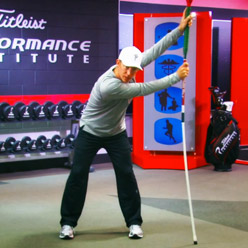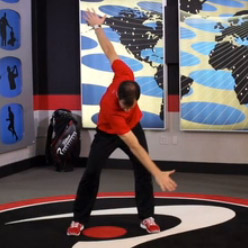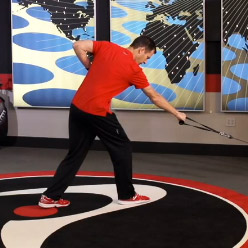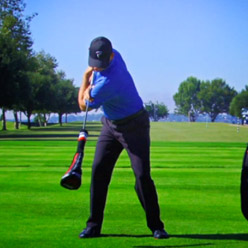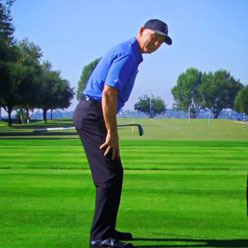Loss of Posture
Loss of Posture is defined as any significant alteration from your body’s original set up angles during your golf swing. This loss of posture can affect all aspects of the golf swing including timing, balance and rhythm. Losing your spine angle or altering your posture usually causes two typical miss hits, the block to the right and a hook to the left. And as most competitive players know, having two misses, one to the right and one to the left, can be disastrous in tournament play.
Body Preps
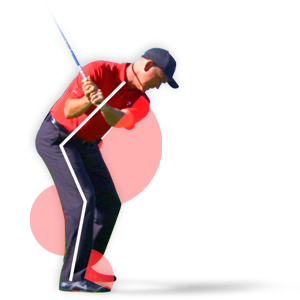
Physical Parameters Affecting the Loss of Posture and How to Diagnose:
In order to not lose your posture during the golf swing several physical characteristics must be developed. First and foremost, research has shown that any limitation in performing a full deep squat or full hip bend can force a player to lose their pelvic posture during the downswing. Failure to perform a deep squat means generalized stiffness and asymmetry in the musculature and joints of the lower body. This limitation will always limit a good set up posture and force players to alter their spinal posture throughout the golf swing. These limitations are best evaluated using the Overhead Deep Squat Test and the Toe Touch Test. Secondly, the ability to separate your upper body from your lower body allows your shoulders to rotate around your spine without altering your original posture. Limited trunk to pelvis separation is usually caused by reduced spinal mobility and shortened lat flexibility. This separation is best be evaluated using the Seated Trunk Rotation Test, the Reach, Roll, and Lift Test, and the Lat Test. Next, the ability to stabilize your spine angle during the swing is directly proportional to the strength and stability of your core musculature (your abs and glutes). When it comes to spinal stabilization the core is the king. These muscles help keep your trunk forward flexed throughout your golf swing. Core strength is best evaluated using the Pelvic Tilt Test and the Bridge w/ Leg Extension Test. Finally, in order to rotate around a stable posture one must have good flexibility in your hips and shoulders. This allows you to get the club into key positions without altering your spine angle. The overall flexibility of your hips and shoulders are best evaluated using the 90/90 Test, the Lat Test and the Lower Quarter Rotation Test.
